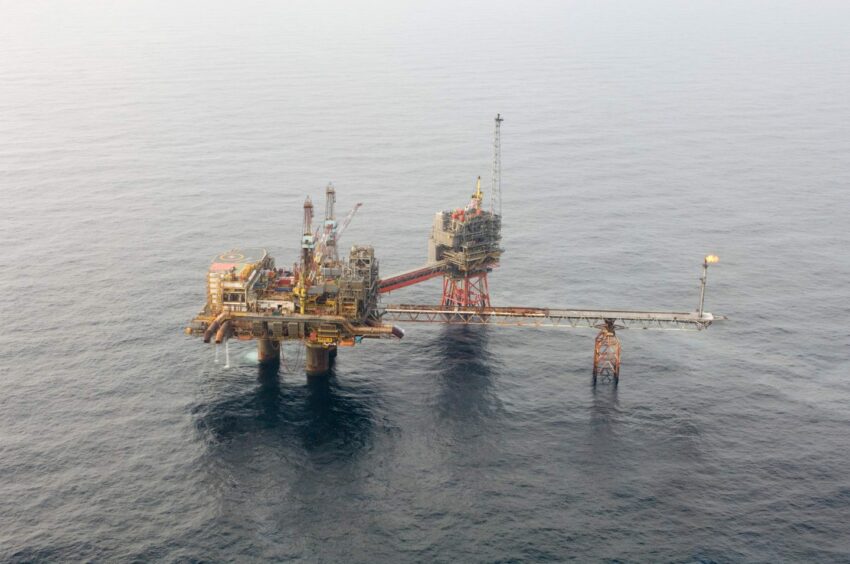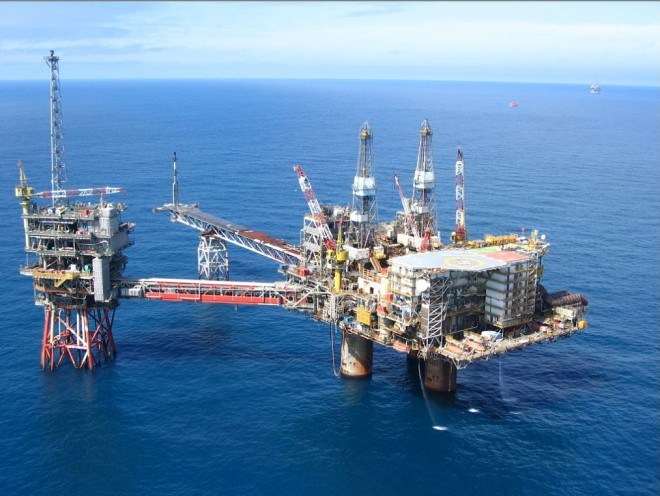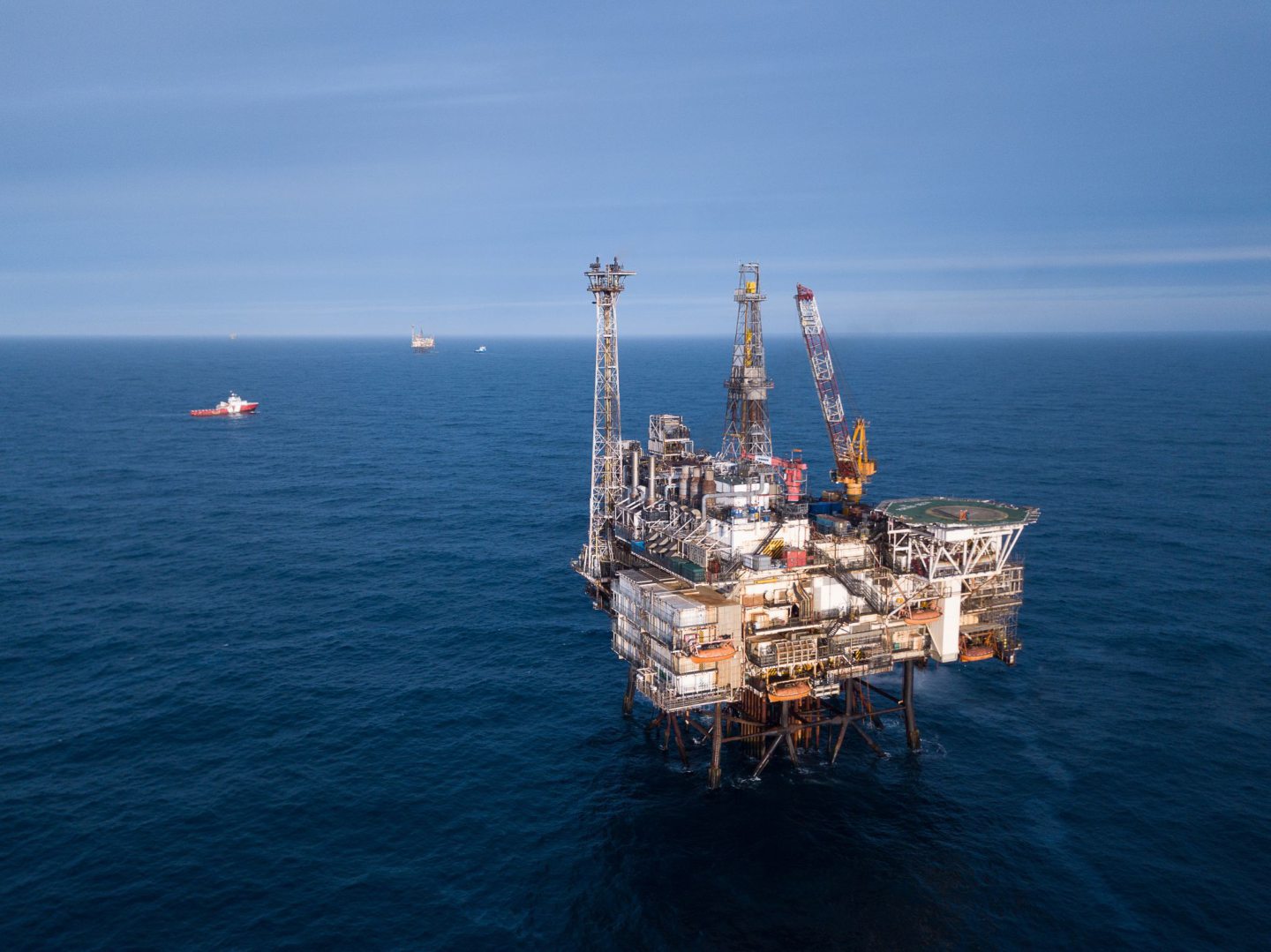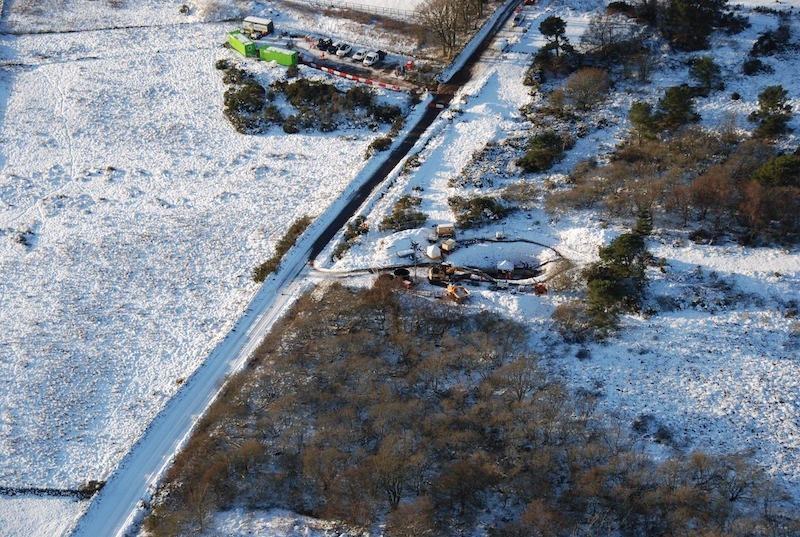
The decision to halt further drilling at the Beryl and Forties fields by North Sea operator Apache could see the hubs become cash flow negative up to 10 years earlier according to an analyst.
Oil and gas analysts Welligence modelled the impact of a ‘no further drilling’ scenario on the Beryl and Forties fields after Apache last year blamed the windfall tax for its decision to cancel a major drilling contract early.
The modelling was based on the current UK tax system in place for oil and gas companies and was completed prior to the announcement of Labour’s proposed changes to the windfall tax.
Court documents later revealed Apache’s plans to bring forward the closure of the Forties oilfield by 11 years amid a £200m spending slash.
The Houston-based oil firm took over the North Sea giant from BP in 2003 and had told partners of its intend to cease the field’s production in 2026 – though later said 2030 or later could be the actual date.
Apache is one of several “obvious candidates” analysts are tipping to leave the North Sea in 2024 as the company continues to cut jobs in Aberdeen.
While industry observers don’t expect the North Sea Transition Authority (NSTA) to seize Apache’s Beryl and Forties assets, a potential sale could be on the horizon.
A Welligence analyst said an early shutdown of Beryl and Forties combined with the likely closure of the Grangemouth oil refinery would be “another nail in the coffin” for UK energy security.
Beryl ‘cash flow negative’ seven years early
Speaking at a GEOExPro seminar in Aberdeen this week, Welligence vice president of North Sea David Moseley outlined the impact of Apache’s decision to cease drilling Beryl and Forties.
For each field, Mr Moseley contrasted a “base case” view which assumed continued drilling with a “no further drilling” (NFD) scenario.
For Beryl, the base case view included two previously planned wells at the nearby Nevis field and a multi-well programme at Beryl itself.
Welligence retained these wells in their analysis due to existing economic targets at Beryl and the likelihood that were a buyer for Apache’s portfolio to come in, they would likely exploit these targets, Mr Moseley said.
In this ‘base case’ scenario, Welligence estimates the Beryl hub will go cash flow negative and cease around 2034.
However, Mr Moseley said without further well drilling at Beryl, the NFD analysis shows the field becoming cash flow negative seven years earlier than in the base case scenario.
In the NFD scenario, up to approximately $700 million of value (on an NPV10 basis) is removed from the Beryl hub.
Meanwhile, over 50 million barrels of oil remains in the ground at Beryl, Nevis and other fields which tie back to Beryl.
‘Material impact’ to Forties hub
Similarly for the Forties field, Welligence modelled both a base case and NFD scenario.
Mr Moseley said keeping the Forties field open into the 2030s required “quite a big drilling programme later in this decade”.
Since taking over the field in 2003, Apache had arrested its decline “strongly”.
However unlike Beryl, recent nearfield exploration outside the Forties field itself had been “less successful”, Mr Moseley said.
For the base case view, Mr Moseley said most of the remaining volumes at Forties are located within the Forties field itself.
With a continued well drilling programme, the analysis showed the Forties hub could potentially see cessation of production (COP) in the mid 2030s.
However in a NFD scenario, Mr Moseley said the Forties hub is likely to become cash flow negative 10 years earlier, with around $500 million in lost value (NPV10) and significant reserves left unexploited.
Mr Moseley cautioned the Welligence analysis provides “one directional view” of what could happen if drilling investment is pulled from Forties and Beryl.
Oil and gas prices and the potential for reductions in operating expenditure (OpEx) are among “many variables” which could impact the field life of each hub, he said.
“We’ve seen other facilities across the North Sea down-man some of their platforms to keep production going through them but reducing the OpEx bill,” Mr Moseley said.
“If you could do something around the platforms at Forties, that could have an impact on extended field life as well and keep you positive for as long as possible.”
If Apache were to offload its Beryl and Forties assets, any potential buyer could also significantly alter the trajectory of the two fields, Mr Moseley said.
Grangemouth & Forties Pipeline System
Addressing the wider energy security implications of closing the Forties hub, Mr Moseley pointed to the decision by Petroineos to close its Grangemouth oil refinery as early as 2025.
The Forties Unity Platform currently provides a third-party offtake route for around 50 fields, feeding into the Forties Pipeline System (FPS).
Owned by Ineos, the FPS carries around 40% of North Sea oil and gas to shore and into the refining facility at Grangemouth.
Last year, Ineos reported a 40% reduction in the amount of oil flowing through the FPS over the past six years.
Mr Moseley said exactly what closing Grangemouth means for production is currently “up in the air”.
But he said there needed to be more detail on how any potential closure and reduction in refining capacity at Grangemouth could impact production.
Out to 2027, when the NFD scenario sees Forties closing, Mr Moseley said Welligence estimated around 300 million barrels of production going through the FPS.
A further 300 million barrels are estimated to flow through the FPS from 2027 to the pipeline’s end of life, currently set for the 2040s.
Mr Moseley said this showed any reduction of refining capacity at and around Grangemouth could impact significant volumes of North Sea production.
Another ‘nail in the coffin’ for UK energy security
With fuel import costs nearly doubling in 2022 to more than £100 billion for the first time alongside an increased regulatory focus on decarbonisation and the introduction of the Energy Profits Levy, Mr Moseley said the UK’s energy security environment had changed considerably over the last five years.
“If you go back just five years, we saw the OGA with its MER initiative looking at getting companies to try and really drill everything out that they can,” Mr Moseley said.
“Just five years later, which is a pretty short period of time, now the regulator has got a new name and it’s focusing very much on a net zero agenda.
“Whilst (those goals) can work together, they’re effectively poles apart in terms of agenda.”
While Mr Moseley said it was too early to call the combination of the closure of Grangemouth and Apache’s decision to cease drilling a perfect storm, he said it would certainly have an impact on energy security.
“In terms of time criticality, I think the level of gas storage in the UK is probably something we should be more concerned about,” he said.
“I think the combination of lacking any gas storage and the fact that output from the North Sea is in decline, that’s arguably more time critical, the combination of those two things together.
“But all that said, I think any kind of closure of infrastructure or reduction in the life of hubs is another nail in the coffin for energy security in the UK.”


 © Supplied by Apache
© Supplied by Apache © Supplied by INEOS
© Supplied by INEOS
